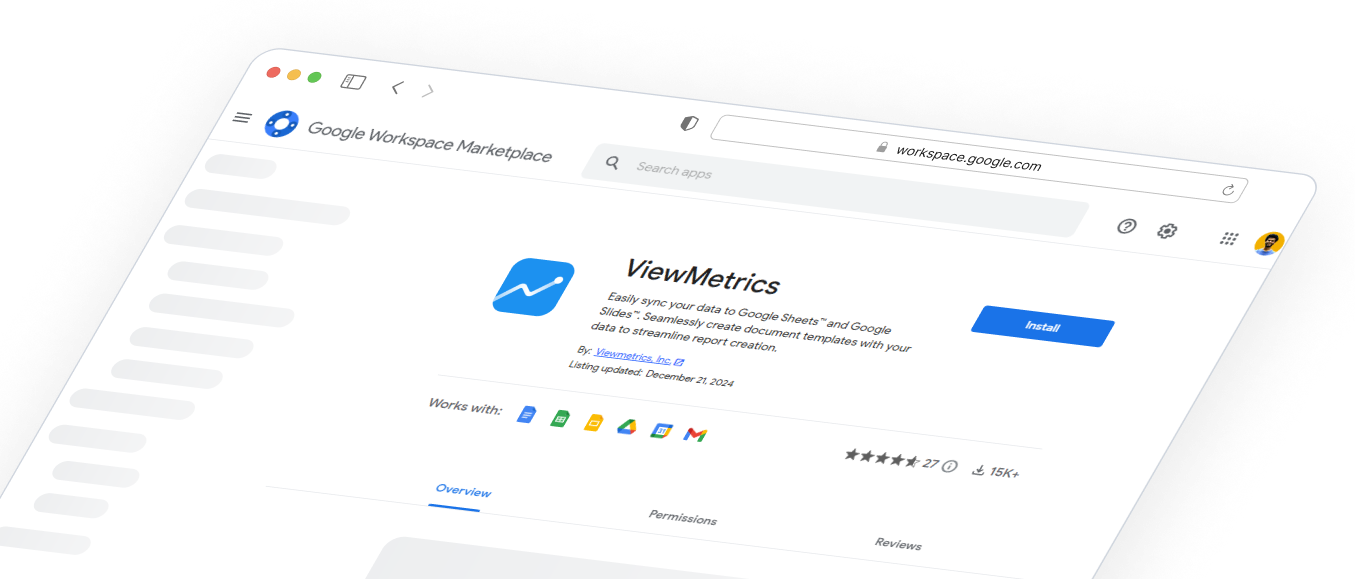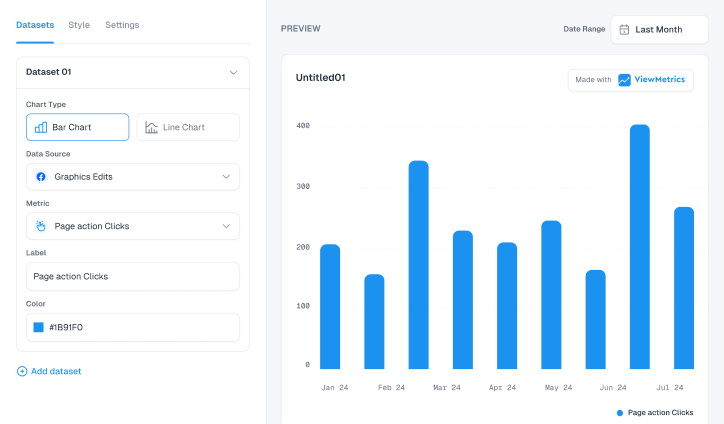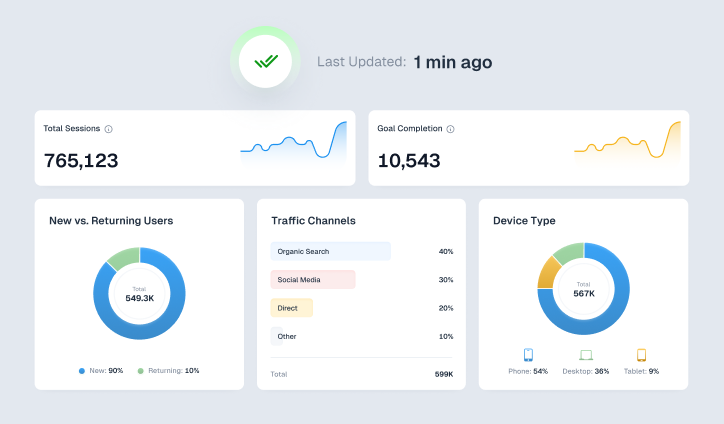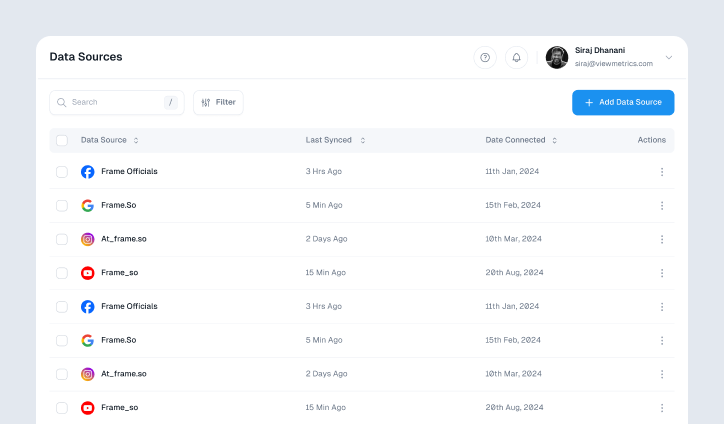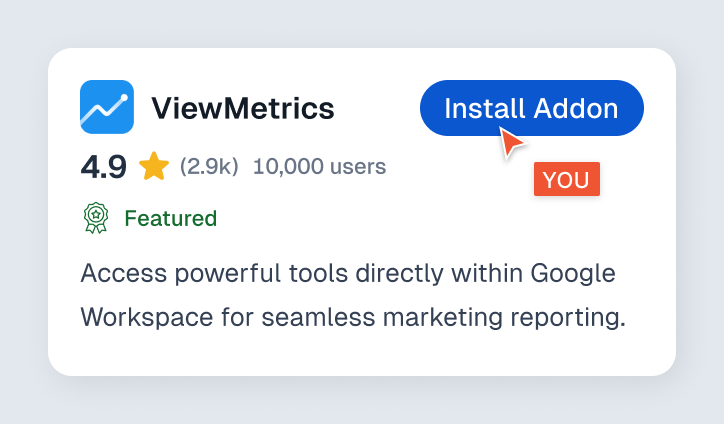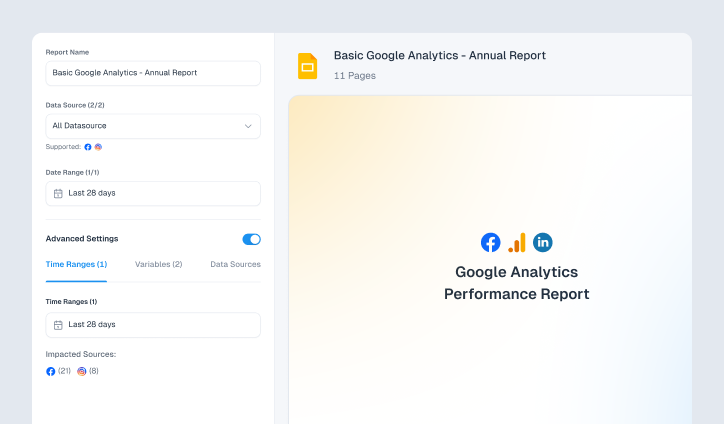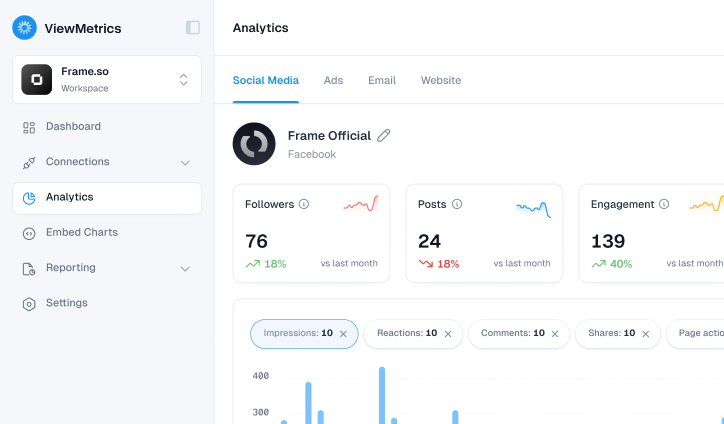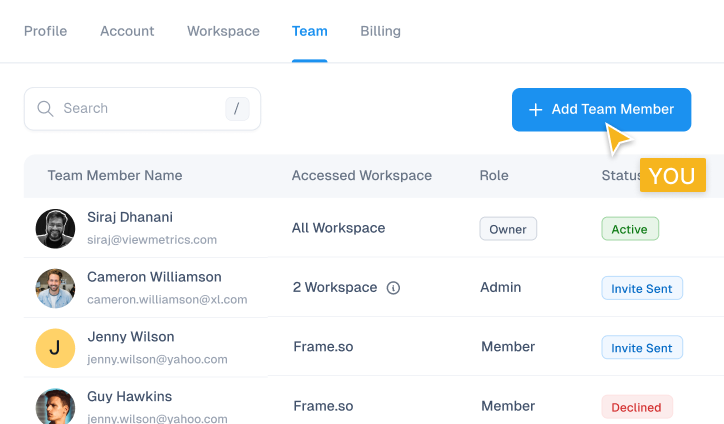Summary for the Blog
- Ad hoc reporting is a flexible, customized approach to creating reports on demand to answer specific, immediate business questions.
- Key benefits include reduced cost, increased business agility, less dependence on IT, and the ability to access real-time data for better decision-making.
- It helps to identify bottlenecks and inefficiencies by allowing for deep data analysis.
- The article highlights its use across various industries, including sales, marketing, finance, and healthcare.
Static reports today lag in meeting the standards in real-time. Ad hoc reporting is required to keep up with the pace of the business world. Ad hoc reporting comes with a dynamic, customizable, and precise solution to help businesses run efficiently and with agility.
What is Ad Hoc Reporting?
Ad Hoc reporting is a customized approach to answering business queries that need immediate attention. Unlike pre-designed reporting which follows a routine and gives pre-designed outputs.
Ad Hoc reporting is tailored specifically to answer specific questions that may come up unexpectedly. This flexibility allows businesses to extract relevant insights, empowering them to make informed decisions without waiting for routine reporting cycles.
For example, instead of waiting for a quarterly report to figure out why the sales of a certain product plummeted, a company can make informed decisions and address the issue immediately with Ad Hoc reporting, by analyzing the data from different angles.
Also read: Automated Reporting: Work Smarter, Not Harder
What are the Benefits of Ad Hoc Reporting?
Ad hoc reporting offers multiple benefits for businesses, some of which are mentioned below:

- Cost Effective – Ad hoc reporting reduces the dependency on lengthy processes and outsourcing data analysis. With ad hoc reporting, you can equip your team internally with tools that can generate immediate reports. This will help you save both time and money. This self-sufficient process will lead to your company’s growth in the long run.
- Improved Business Agility – Staying Agile is important in today’s world. Ad hoc reporting allows businesses to look at specific scenarios and problem areas and make informed and quick decisions. Be it assessing a marketing campaign or looking at sales trends, this reporting style will keep your company ahead of the competition and marketing trends.
- Reduced IT Dependence – Traditional ways of reporting are dependent on IT departments for analysis and modifications. The ad hoc style allows employees to become self-reliant with user-friendly reporting tools and this makes your workflow more efficient.
- Real-Time Reporting – This reporting style helps prepare instant reports with the most up-to-date data available. This is very helpful when you have to make immediate and urgent decisions based on accurate and latest information.
- Identifies Bottlenecks – Ad hoc reporting assesses data very deeply. This micro-analysis is specifically helpful in picking on inefficiencies and bottlenecks in processes. For example, it may reveal delays in supply chain operations or inefficiencies in marketing campaigns, enabling you to address these issues proactively.
Ad Hoc Reporting Across Various Industries

Ad Hoc reporting is unique and benefits different sectors in different ways. Let’s have a look:
Sales and Retail
Ad hoc reporting finds its use in inventory management, pricing strategy, and customer behavior when it comes to sales and retail. For example, with the help of this kind of reporting, it is easy to identify which products are underperforming in certain locations and improve strategies on that basis.
Marketing
In the marketing world, ad hoc reporting finds its use in managing campaign performance, audience segmentation, and ROI analysis. The reports can be used to improve management’s performance and monitor metrics.
For instance, marketers can use tools like ViewMetrics to create detailed reports, helping them identify underperforming channels or high-impact audience segments. This agility allows teams to adjust strategies and improve customer targeting.
Get Professionally Designed Marketing Report Templates for Agencies & Marketers
Healthcare
Ad hoc reporting is necessary for patient care, resource allocation, and compliance monitoring in the healthcare industry. Hospitals can use this technology to track patient outcomes, monitor bed availability, or analyze treatment efficiency, this helps them run their operations better.
Technology
Tech companies manage their product progress through ad hoc reporting. They can also spot software bugs and make product development timelines more efficient with this reporting style. With real-time data tech companies can troubleshoot and improve overall productivity of the company.
Finance
Finance teams can track expenses, monitor cash flow, and evaluate investment performance through ad hoc reporting style. It also makes sure that all financial decisions are made on recent information and that they are data-driven.
Human Resources
A human resources department uses ad hoc reporting to manage workforce analytics, recruitment metrics, and employee performance evaluations. By using the insights from the latest data, they can make the hiring process faster. improve employee satisfaction, and make sure the company’s policies are being complied with.
Education
Ad hoc reporting is useful in educational institutions because it can carry out curriculum assessment, resource allocations, and student performance tracking. For example, schools can identify areas where students struggle and implement targeted interventions to improve learning outcomes.
Alternatives to Ad Hoc Reporting
While ad hoc reporting is great, it is not the only method of reporting available, there are two more alternatives.
- Canned Reporting – Canned reports are pre-built; they offer consistent data outputs for recurring needs. When routine metrics are needed, these are helpful, like monthly sales and employee attendance. However, they are not as flexible or specific as ad hoc reporting.
- Static Reporting – This type of reporting style offers fixed, non-interactive reports. These are good for the archives and for presentations but they do not cater to time-sensitive queries.
Challenges of Using Ad Hoc Reporting
Ad hoc reporting comes with a lot of benefits but has its challenges as well.
- Partial or Inconsistent Data: If the data is incomplete or skewed it can affect the report and lead to you making poor business decisions. The data needs to be accurate for overall success.
- Measuring the Wrong Thing: Without a clear understanding of objectives, Users can tend to focus on irrelevant points. This can lead to reports that fail to address the real pain points.
- Data Inconsistency: When multiple people are making the reports independently, Discrepancies can arise due to them using various methods and interpretations. If there is a standard practice for the report, it eliminates this issue.
- Lack of Proper Data Governance: Ad hoc reporting requires robust data governance. Without it, reports can be fragmented, and sensitive information can be exposed.
With the help of ad hoc data businesses stay agile and competitive. The reports give actionable insights. It helps you answer questions in real-time helps decision making and makes your business reach its full potential.
ViewMetrics simplifies the ad hoc reporting process, offering customizable tools that support comprehensive, data-driven strategies. By adopting such solutions, businesses can harness the power of dynamic reporting, ensuring they remain informed and ahead of the curve.
View All Your Marketing and Website Data - Instantly
Connect Instagram, Mailchimp, Google Analytics & more
Pre-built dashboards, no setup needed
Save hours on reporting every week
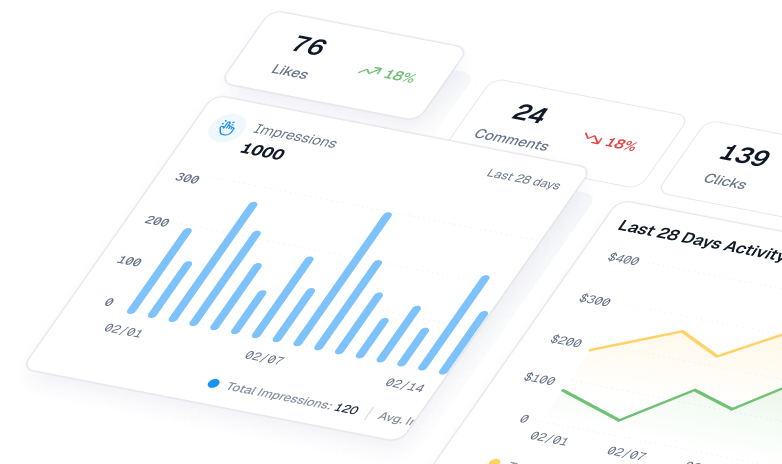
Frequently Asked Questions About Ad-hoc Reporting
How does Ad Hoc Reporting differ from standard reporting?
Standard reports are pre-built and produced at regular intervals, focusing on established data points. Ad hoc reporting, on the other hand, provides flexibility for users to create and modify reports instantly, addressing unique or time-sensitive queries.
What features should you look for in an Ad Hoc Reporting tool?
Look for user-friendly interfaces, customizable report templates, drag-and-drop functionality, integration capabilities with various data sources, and robust data visualization options.





